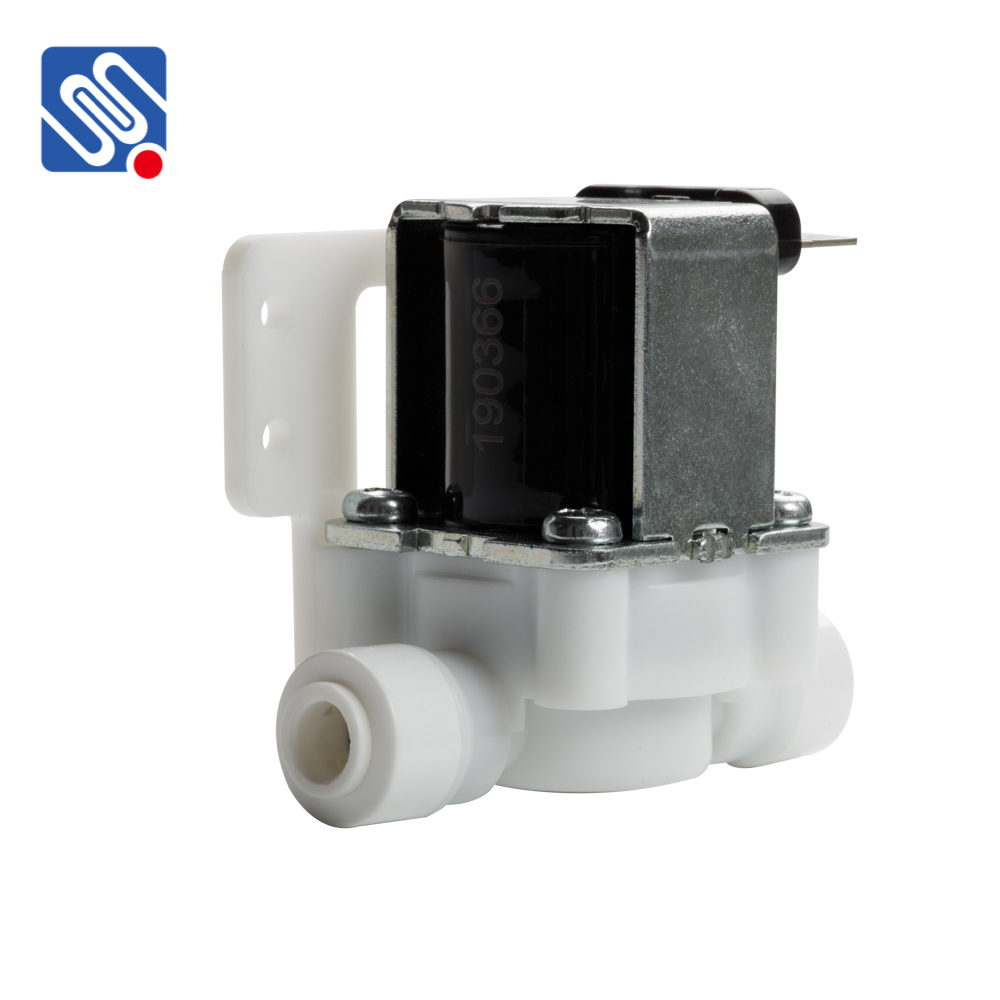Reverse Osmosis (RO) systems have become a cornerstone in modern water filtration technology, ensuring the delivery of clean and pure water for a wide range of applications. One of the critical components in any Reverse Osmosis system is the Reverse Osmosis Solenoid Valve. This article aims to provide a detailed understanding of the role, functionality, and importance of this valve in RO water filtration systems.

What is a Reverse Osmosis Solenoid Valve? A Reverse Osmosis Solenoid Valve is an electromechanical valve that controls the flow of water in an RO system. It utilizes a solenoid, which is a coil of wire that, when energized, creates a magnetic field to open or close the valve. This valve plays an essential role in regulating the water flow within the RO system, ensuring that water enters, flows, or exits the system only when necessary. These valves are commonly used to control the flow of both filtered water and wastewater within the system. Functionality of the Reverse Osmosis Solenoid Valve